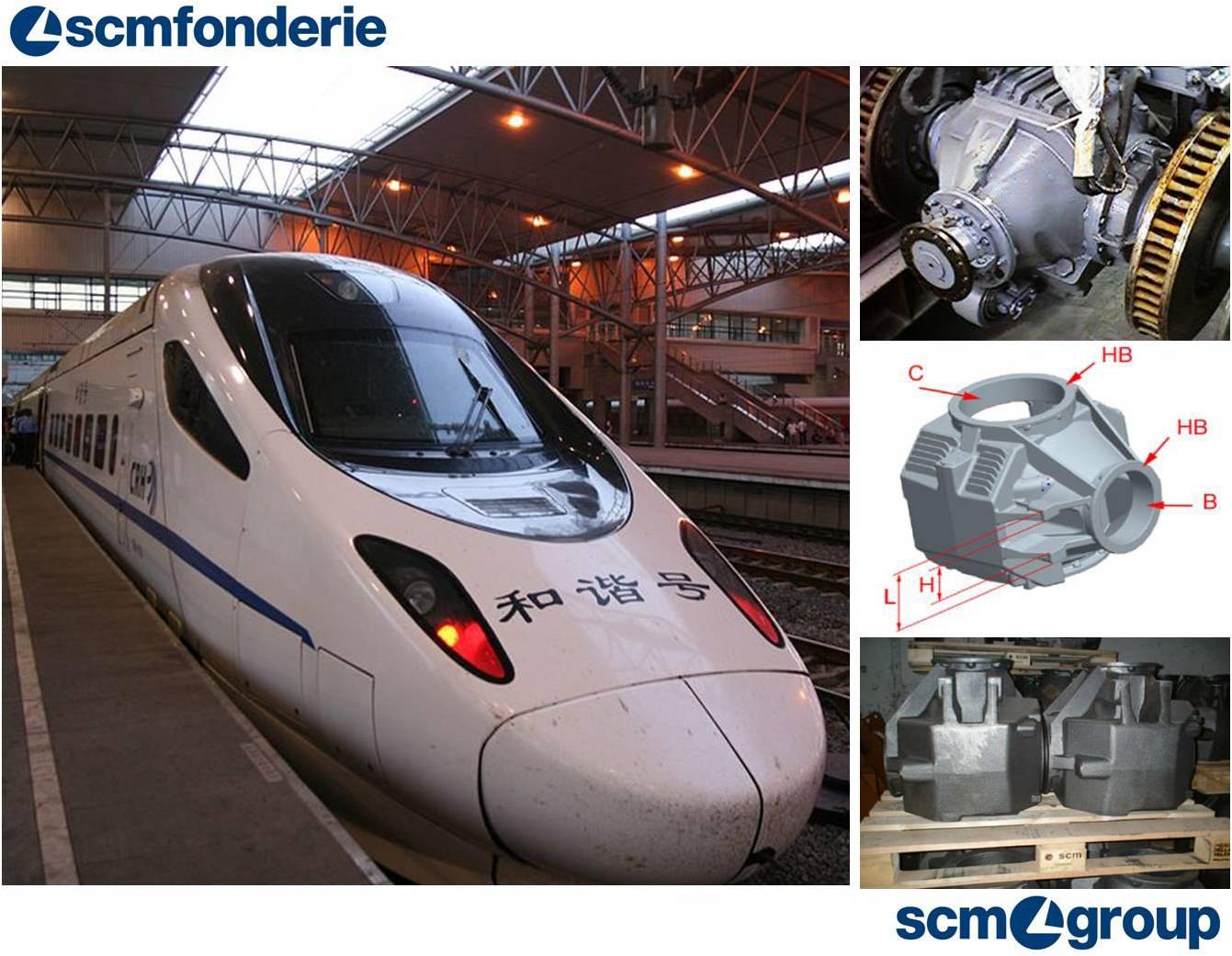High Speed Train in China
High-speed train in China refers to any commercial train service in the People's Republic of China with an average speed of 200 kilometres per hour (120 mph) or higher. By that measure, China already has the world’s longest high-speed rail (HSR) network with about 7055 km (4,383 mi.) of routes in service as of September 2010, including 1,995 km (1,240 mi.) of rail lines with top speeds of 350 km/h (220 mph).
China's high speed rail lines consists of upgraded conventional rail lines, newly-built high-speed passenger designated lines (PDLs), and the world’s first high-speed commercial magnetic levitation (maglev) line. China's HSR network is undergoing a building boom. With generous funding from the Chinese government's economic stimulus program, 17,000 kilometres (11,000 mi) of high-speed lines are now under construction. The entire HSR network will reach 13,000 kilometres (8,100 mi) by 2012 and 16,000 kilometres (9,900 mi) by 2020.
China is the first and only country to have commercial high-speed train service on conventional rail lines that can reach a top operational speed of 350 km/h (217 mph). Notable examples of high-speed train service include the Wuhan–Guangzhou High-Speed Railway, a national trunk line that travels 968 kilometres (601 mi) in 3 hours reaching top speeds of 350 kilometres per hour (220 mph) and averaging 310 kilometres per hour (190 mph); the Beijing-Tianjin Intercity Railway, an intercity express line that covers 117 kilometres (73 mi) in 30 minutes, reaching top speeds of 330 kilometres per hour (210 mph) and averaging 234 kilometres per hour (145 mph); and the Shanghai Maglev Train, an airport rail link that travels 30.5 km (19 mi.) in 7 minutes and 20 seconds., averaging 245.5 km (152.5 mph) and reaching top speed of 431 km/h (268 mph).
China’s initial main orders for high speed trains were built under technology transfer agreements using variants of existing high-speed trains from Bombardier Inc. (German and Swedish trains), Alstom (Italy/France) and Kawasaki Heavy Industries (Shinkansen,Japan). The Beijing–Shanghai High-Speed Railway set to open before 2012 will use the new CRH380B train made by Changchun Railway Vehicles Co. Ltd., which can reach a top operational speed of 380 km/h.
In 1993, commercial train service in China averaged only 48 km/h (30 mph) and was steadily losing market share to airline and highway travel on the country's expanding network of expressways. The MOR focused modernization efforts on increasing the service speed and capacity on existing lines through double-tracking, electrification, improvements in grade (through tunnels and bridges), reductions in turn curvature, and installation of continuous welded rail. Through five rounds of "speed-up" campaigns in April 1997, October 1998, October 2000, November 2001, and April 2004, passenger service on 7,700 km (4,785 mi.) of existing tracks was upgraded to reach sub-high speeds of 160 km/h (100 mph).
A notable example is the Guangzhou-Shenzhen Railway, which in December 1994 became the first line in China to offer sub-high speed service of 160 km/h using domestically-produced DF-class diesel locomotives. The line was electrified in 1998, and Swedish-made X 2000 trains increased service speed to 200 km/h. After the completion of a third track in 2000 and a fourth in 2007, the line became the first in China to run high-speed passenger and freight service on separate tracks.
The completion of the sixth and final round of the "speed up" campaigns in April 2007 brought HSR service to more existing lines: 846 km (525 mi.) capable of 250 km/h (155 mph) train service and 6,009 km (3,734 mi.) capable of 200 km/h (124 mph). Some 14,000 km of tracks could accommodate trains traveling at speeds up to 160 km/h (100 mph). In all, travel speed was increased on 22,000 km, or 29%, of the national rail network, and the average speed of a passenger train improved to 70 km/h. The introduction of more non-stop service between large cities also helped to reduce travel time. The non-stop express train from Beijing to Fuzhou shortened travel time from 33.5 to less than 20 hours.
In addition to track and scheduling improvements, the deployment of the CRH series trains raised travel speed. During the sixth railway speedup campaign, 52 CRH trainsets (CRH1, CRH2 and CRH5) were put into operation, service as 280 train numbers. By the end of 2007, there were planned to have 158 CRH trainsets, 514 train numbers in operation. The new trains sliced 2 hours off of the 1,463 km trip between Beijing and Shanghai to a journey of just under 10 hours. Travel times from Shanghai to Changsha (1,199 km) fell by 1.5 hour to 7.5 hours and the trip to Nanchang was halved.














0 comments: